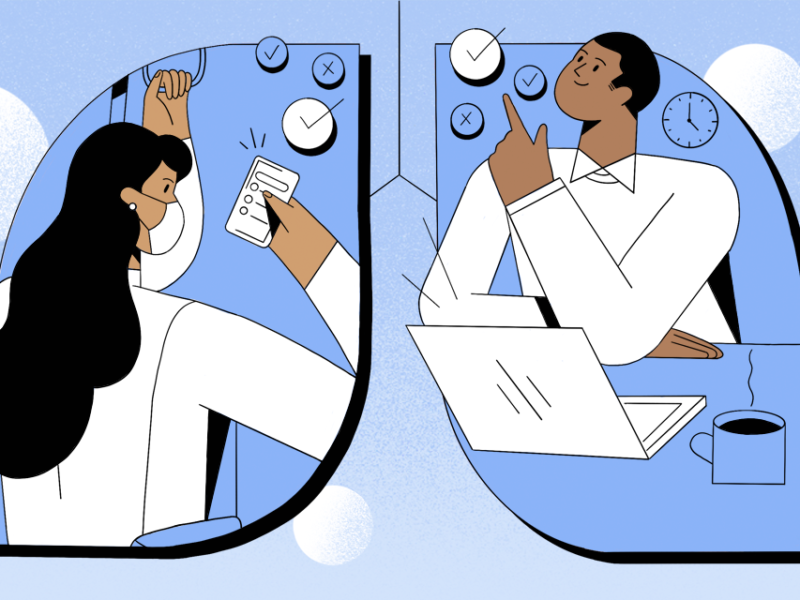According to the World Health Organization (WHO), dengue is the “fastest spreading vector disease” in the world (1). Approximately half of the worldwide population is now living in at-risk areas for contracting the illness and it is estimated that 400 million cases are reported worldwide per year (1,2,3). Working towards minimizing the spread of this illness has been risen to a critical goal of many affected countries (1,2,3). Due to its vast spread and prevalence, as well as its possibility for associated fatalities, especially in children, vector control measures such as fumigation and insecticide use have been commonly employed.
Research surrounding dengue vaccines has been ongoing for years, but the French pharmaceutical company, Sanofi, has recently succeeded in developing Dengvaxia. This is the first dengue vaccine to date.
Specifics Concerning the Vaccine
Dengvaxia (CYD-TDV) is what’s called a live recombinant tetravalent dengue vaccine and is administered in three doses and is currently in Phase III clinical trials (4). It is currently registered for use in those ranging 9-45 years of age living in endemic areas — where the illness is commonly found (4). According to its maker, Sanofi, Dengvaxia has shown to reduce dengue prevalence due to each of the four serotypes in 66% of the a subset of 9-16 year olds that participated in their two Phase III, 25 month efficacy studies (5). Despite this, it has also been found that the vaccine has significantly lower efficacy in protection against dengue-1 and 2 versus that of dengue-3 and 4 (4).
Where Can It Be Used?
Mexico, the Philippines, and Brazil, have approved the use of Dengvaxia in December 2015 (2). When vaccinations in these countries will actually take place and at what price, is still being negotiated between Sanofi and the governments of the three respective countries (4). Although approved for use in these three countries, the WHO has yet to publicly acknowledge its stance on the vaccine, though there are plans to publish a policy position regarding recommendations for the vaccine’s future use at some point this year. In order for the WHO to do so, it must await the recommendations made by its Strategic Advisory Group of Experts (SAGE) on immunization. Evidence of the vaccine’s safety, efficacy, disease burden, cost effectiveness, as well as how suitable the vaccine is for dengue in the areas where it will be used will all be taken into consideration by appointed members of SAGE (1).
This April, the WHO is expected to publish its policy position concerning the use of Dengvaxia as a vaccine for dengue, creating more of an international standard for countries to refer to in approving its use. Until then, there seems to be a suspenseful aura awaiting the first country to fully release Dengvaxia into the market, and allow its first public administration to fully evaluate how it will do in dengue prevention. Countries such as the United States appear to be among those interested in using a vaccine to prevent dengue virus infection, yet are awaiting further results and the WHO decision, before moving ahead with its own approval (4).
—
Sources
- http://www.who.int/immunization/diseases/dengue/en/
- http://www.who.int/immunization/research/development/dengue_vaccines/en/
- http://www.who.int/mediacentre/factsheets/fs117/en/
- http://www.scientificamerican.com/article/first-dengue-fever-vaccine-gets-green-light-in-three-countries/
- http://www.sanofipasteur.com/en/articles/dengvaxia-world-s-first-dengue-vaccine-approved-in-mexico.aspx
